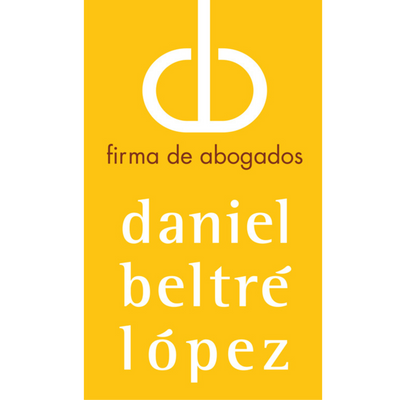It could be understood that since legal personality is extinguished by the death of a person, and since the right to one's image is a highly personal right, linked to the very existence of the individual, there would be no justification for protecting a right that is presumed to have succumbed; however, the legal system has come to recognize dimensions or manifestations of the right to one's image that make it possible to demand compensation.
Thus, Law No. 192-19 on the protection of the image, honor, and family privacy of deceased and injured persons, dated June 21, 2019, develops, albeit in a limited way, the image protection regime, a highly personal right enshrined in Article 44 of the Dominican Constitution.
It is curious that the legislator has decided to focus solely on regulating the exercise of actions committed to protecting the image of injured and deceased persons, ignoring the legally protected interest of individuals in general, against any use of their image; wasting legislative work that could have well prepared a comprehensive legal framework regarding the content, scope, and protection of image.
Indeed, it continues to leave many gaps regarding the issue of images, while generating ambiguities when referring to the "non-offensive reproduction" of images or to "unlawful intrusion that causes pain to family members." And it's worth asking: How is offensive conceived in universal terms? Or, how is the level of distress or pain in a family member measured? These are questions the law doesn't answer.
In our country, the right to injunction was open, and, although not expressly established by a special law, civil liability and damages were also available.
This is thanks to the legal concept of "ricochet" damages or rebound damages, which are capable of providing solutions to these types of situations that arise in the private sphere of individuals, thus resolving for a long time the lack of specific legislation on the right to honor, dignity, and privacy of individuals.
____________________________________________________________________________
Thus , when the harm caused to one person results in moral or material harm to others, these victims may exercise, in their own name, the action for civil liability, without the need for a family relationship between the initial victim and those harmed "by rebound" or "by affection." This action legitimizes the spouse and children of the initial victim without them needing to prove their affection. There is an obligation for those outside the family to provide evidence of their affection, since it is not presumed.
Hence, there is a tendency, both at the legislative and jurisprudential levels, to distinguish the type of legal action depending on the capacity of the person exercising it.
For example, when a violation of the right to privacy that belonged to a deceased person during their lifetime has been verified - not so in the case of the person involved in the accident - this right cannot be protected through amparo, since once the person who owns this personal asset dies, there is no longer a vital area to protect as an object of the fundamental right, even though its patrimonial effects may persist.
In these cases, measures aimed at obtaining civil protection and compensation for third parties, which can be assessed financially, would be appropriate.
However, no third party can take action to claim protection or compensation for damages caused by the use of someone's image, but rather, direct this damage toward their honor and family privacy.
In principle, the action aimed at protecting the right to privacy can only be exercised by the person who holds that right and who has been violated; however, the right to personal privacy extends to other members of the family to which the individual belongs, with whom a close and special bond is maintained.
However, in accordance with the new law on image protection, there is a possibility that, as a result of an injury, actions claiming civil protection of the honor or privacy of a deceased person may be exercised by the person (physical or legal) whom the deceased has designated in his or her will, or, failing that, the spouse, descendants, ascendants and siblings who are alive at the time of the death of the affected person and, in their absence, by the Public Prosecutor's Office, which may act ex officio or at the request of an interested party, in the cases of vulnerable or incapacitated persons.
The law also appears to be unclear as to whether third parties can claim compensation for damages, or whether they are instead assuming powers that do not apply to them, as they would lack standing, since they would be exercising an action to protect highly personal rights such as the image, privacy, and honor of a deceased person.
Thus, even when the death of a person brings with it the extinction of the legal personality and the rights inherent to it, it is clear that there are means for family members to claim compensation in justice for the harm caused to the deceased and their family unit, in pursuit of the preservation of their honor, memory, and even family privacy.
The author is a lawyer, expert in constitutional law and
right to communication
Twitter: @gabrielabeltre
